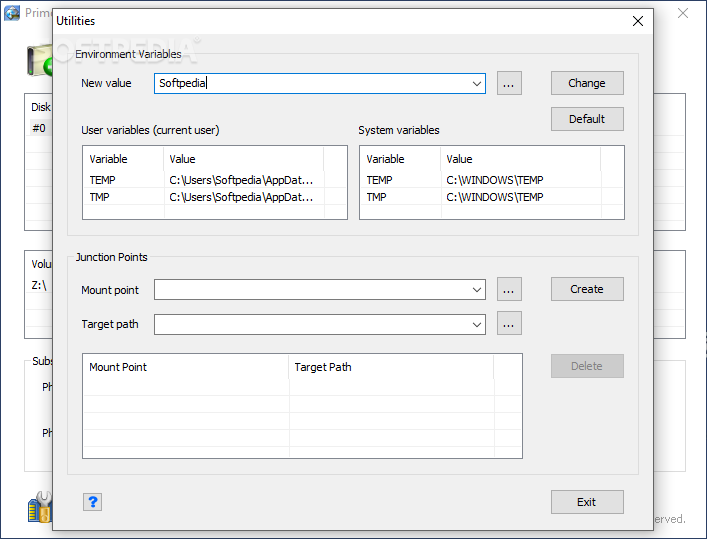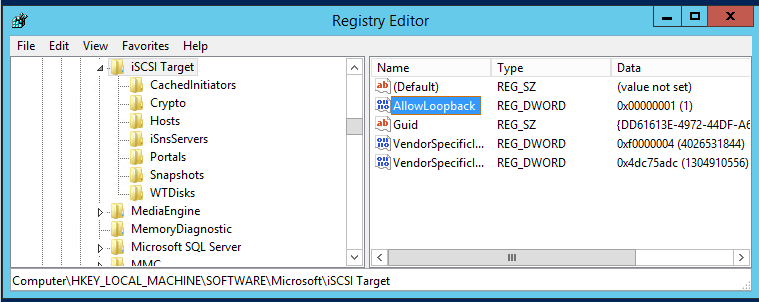

The behaviors of each can cause different results in some scenarios. In some circumstances, the process to Manage duplicate hardware identifiers may be easier. Create an exclusion list for PXE deployments For more information, see Manage duplicate hardware identifiers. Mitigate these issues by managing duplicate hardware identifiers in hierarchy settings.

For more information, see Distribute content.Ĭonfiguration Manager may recognize multiple computers as the same device if they have duplicate SMBIOS attributes or you use a shared network adapter.

RAMDISK MANAGER UPDATE
When you change the properties for the boot image, update and redistribute the boot image to distribution points. To enable PXE on a boot image, select Deploy this boot image from the PXE-enabled distribution point from the Data Source tab in the boot image properties. To use PXE to deploy an OS, distribute both x86 and 圆4 PXE-enabled boot images to one or more PXE-enabled distribution points.
RAMDISK MANAGER INSTALL
For more information, see Install or modify a distribution point. Then the distribution point responds to PXE boot requests, and determines the appropriate deployment action. To deploy operating systems to Configuration Manager clients that make PXE boot requests, configure one or more distribution points to accept PXE requests. For more information, see Bootable media support for cloud-based content. It can then get additional content from a content-enabled cloud management gateway (CMG).

The PXE-enabled distribution point still requires the boot image, and the device needs an intranet connection to the management point. Starting in version 2006, PXE-based task sequences can download cloud-based content. While this configuration may simplify the process and reduce user interaction, it puts the device at greater risk for accidental reimage. Deployment verification doesn't manage this configuration. If you use PXE deployments, and configure device hardware with the network adapter as the first boot device, these devices can automatically start an OS deployment task sequence without user interaction.


 0 kommentar(er)
0 kommentar(er)
